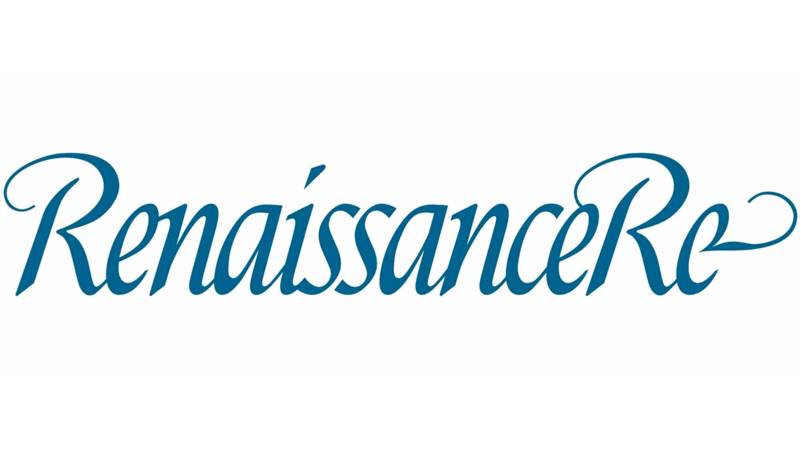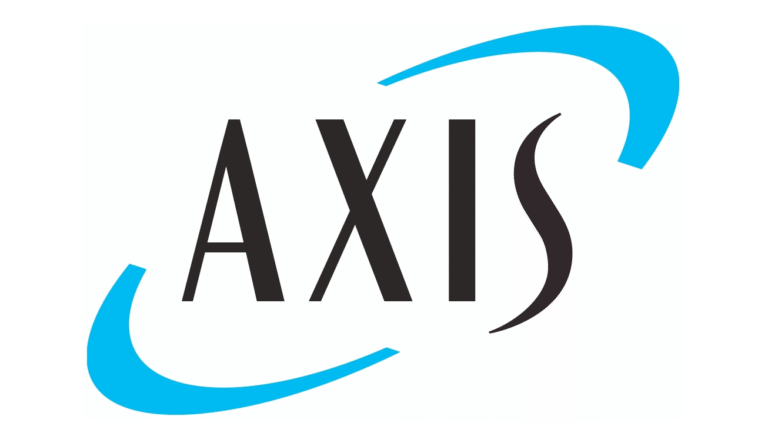
Global reinsurer RenaissanceRe (RenRe) generated underwriting income of $770.2 million in the third quarter of 2025, an increase of 96% on the prior year quarter, as the firm highlights 21.9% underlying growth in the catastrophe class gross premiums written (GPW) from Q3’24, without the impact of reinstatement premiums.

Group-wide, GPW decreased 3% year-on-year to $2.3 billion in Q3’25, as net premiums written (NPW) fell 5% to $2.1 billion, and net premiums earned (NPE) decreased 6% to $2.4 billion.
Net income totalled $907.7 million for Q3’25 compared with $1.2 billion in the prior year quarter, while operating income rose to $733.7 million from $540.3 million.
In RenRe’s Property segment, the firm has reported underlying growth without the impact of reinstatement premiums, as the underwriting result improved year-on-year.
Property GPW decreased 7.3% year-on-year to $733.2 million, as NPW fell 1% to $694.1 million, and NPE decreased 5.8% to $936.9 million. RenRe explains that GPW in the catastrophe class increased by $60.7 million, or 21.9%, without the impact of reinstatement premiums, reflecting underlying growth, primarily in US catastrophe-exposed business.
However, this was offset by a decrease in gross reinstatement premiums of $116.3 million in the catastrophe class compared to Q3’24, due to prior accident years favorable development and a relatively low level of catastrophe losses in the current quarter, resulting in a total decrease in GPW compared to Q3’24.
Within property, the current accident year net claims and claim expense ratio improved by 35.8 percentage points as a result of the relatively low level of catastrophe losses in the quarter.
Additionally, the prior accident years net claims and claim expense ratio reflected net favorable development of 40.9%, driven by net favorable development of $236.8 million in the catastrophe class, primarily from the weather-related large losses in 2022 and small events across accident years, and also net favorable development of $146.8 million in the other property class, primarily due to reported losses coming in lower than expected from weather-related large losses in 2022 and 2024, and attritional loss experience, explains RenRe.
RenRe’s property segment combined ratio strengthened by a significant 44.8 percentage points year-on-year to 15.5%, as underwriting income rose by more than 100% to $791.5 million.
In the Casualty and Specialty division, RenRe has reported an underwriting loss of $21.3 million for Q3’25 compared with a loss of $927,000 for Q3’24, with a combined ratio of 101.4%. The segment’s calendar year net claims and claim expense ratio increased by 1.9 percentage points due to the impact of higher attritional losses. Additionally, the prior accident years net claims and claim expense ratio of 0.2% included an adverse impact of 0.5 percentage points from purchase accounting adjustments, explains the firm.
The segment’s GPW fell 1.2% year-on-year to $1.59 billion, as NPW decreased by 6.7% to $1.364 billion, and NPE decreased by 5.7% to $1.497 billion. RenRe attributes the dip in GPW to decreases in the casualty lines of business and partially offset by increases in the credit and specialty classes, and the year-on-year decrease in NPW to an increase in its retrocessional purchases.
Fee income is another driver of profit for the Bermuda-based reinsurer, and in Q3’25 increased by almost $20 million to $101.81 million, with management fee income of $53 million and performance fee income of $48.8 million.
On the asset side of the balance sheet, RenRe’s Q3’25 net investment income rose to $438.4 million from $423.9 million, while net realised and unrealised gains totalled $311.9 million in Q3’25, down on the prior year’s $943.8 million. This resulted in a total investment result of $750.2 million for Q3’25 compared with $1.367 billion a year earlier.
“We delivered exceptional results this quarter with growth in book value per common share and tangible book value per common share plus change in accumulated dividends of 9.0% and 10.3%, respectively. This benefited from low catastrophe activity and continued outperformance in our three drivers of profit – underwriting, fee, and net investment income,” said Kevin J. O’Donnell, President and Chief Executive Officer.
“Year to date, we have grown book value per share and tangible book value per share plus change in accumulated dividends by 18.1% and 21.8%, respectively – a particularly strong result given that this includes the impact of the California Wildfires in the first quarter. These outcomes reflect the consistent execution of our strategy, our disciplined underwriting approach and the resulting diversification of our income streams. Looking ahead, we remain confident in the sustainability of our strong earnings and our ability to generate consistent, superior returns and long-term value for our shareholders,” he added.





